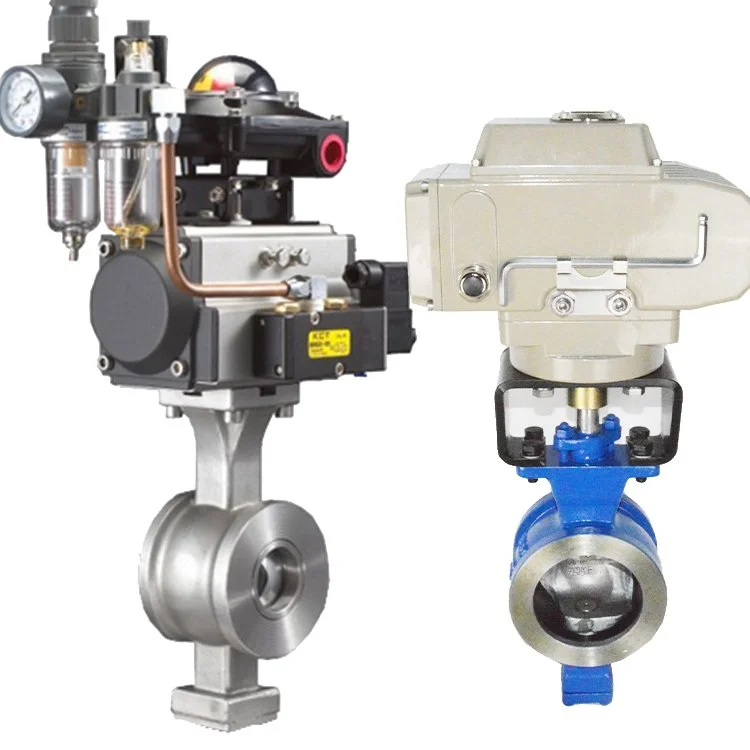Pneumatic versus Electric automation
Pneumatic Automation: An Overview
Pneumatic automation utilizes pressurized air to energize actuators, valves, and cylinders. This approach has been a foundational technology within manufacturing sectors for numerous decades, owing to its inherent simplicity, rapid operational speeds, and robust durability. A central compressor unit generates pneumatic pressure, which is subsequently directed via a network of conduits and valves to execute specific mechanical functions.
Advantages of Pneumatic Automation:
Expedited response times: Optimal for applications necessitating rapid actuation.
Uncomplicated design architecture: A reduced number of components contributes to facile installation and diagnostic troubleshooting.
Resilience in demanding environments: Possesses resistance to particulate matter, humidity, and other potential contaminants.
Initial capital expenditure efficiencies: Equipment costs are generally lower compared to electric alternatives.
Disadvantages:
Diminished energy utilization efficiency: The process of air compression incurs substantial energy consumption.
Limited precision: Not ideally suited for operations demanding highly refined movement or positioning.
Elevated noise generation: The venting of compressed air can produce noise, necessitating acoustic attenuation measures.
Electric Automation: An Overview
Electric automation employs electric motors and drive systems to modulate motion. It is frequently employed in applications that mandate high-degree precision, velocity control, or intricate movement patterns. Electric actuators directly transform electrical energy into mechanical kinetics and are susceptible to programming for intricate operational sequences through software.
Advantages of Electric Automation:
Superior precision and repeatability: Indispensable for tasks requiring meticulous accuracy.
Enhanced energy efficiency: Power consumption is limited to periods of active utilization.
Reduced acoustic emissions: The absence of air compression results in systems with minimal noise output.
Facile programmability: Highly suitable for automation scenarios entailing variable positions, speeds, or temporal sequencing.
Disadvantages:
Greater initial capital investment: The acquisition costs of motors and controllers can be substantial.
Increased system complexity: May necessitate sophisticated configuration and specialized technical expertise.
Susceptibility to environmental factors: Exhibits vulnerability to moisture, particulate matter, and extreme temperature variations without appropriate enclosure measures.
Recommendation Considerations:
The selection between pneumatic and electric automation is contingent upon the specific application requirements. Should a cost-effective, robust solution for high-velocity, repetitive motion in harsh environments be desired, pneumatic systems may offer optimal suitability. Conversely, if refined control, variable velocity, and minimized acoustic emissions are paramount, electric automation represents a more appropriate choice. It is noteworthy that many industrial installations utilize hybrid approaches, incorporating both technologies to leverage the respective advantages in diverse operational contexts.

